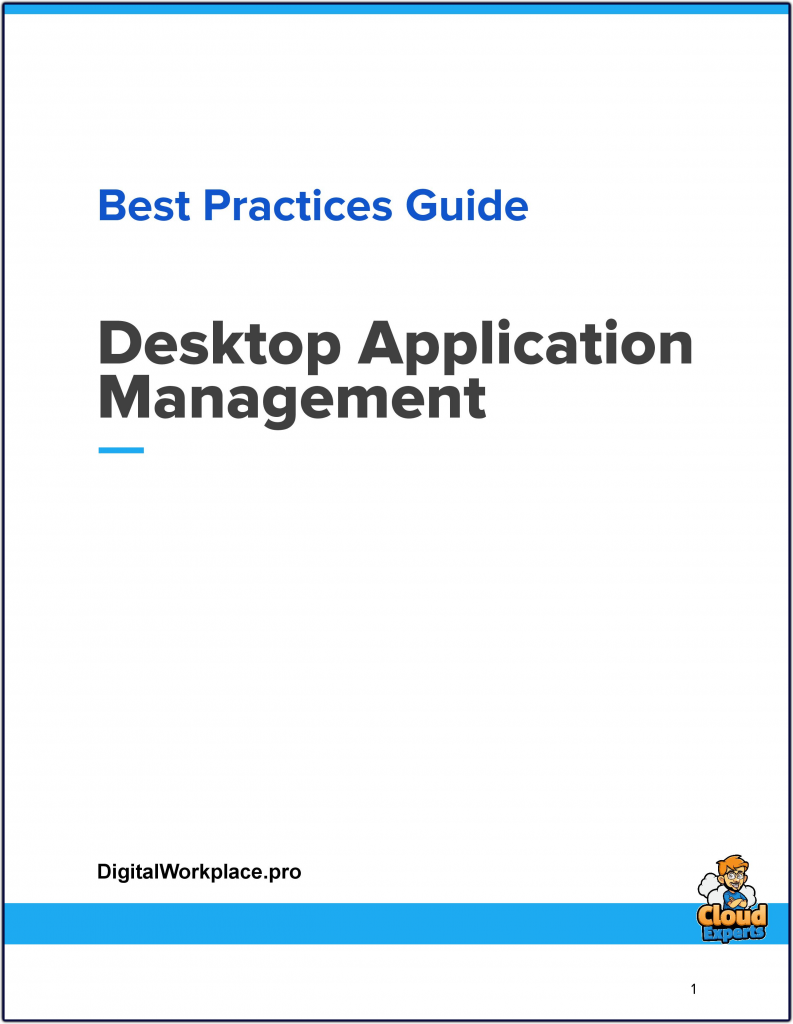Modernizing Desktop Applications
Legacy Windows applications have been the backbone of businesses for years. However as technology advances these applications face aging challenges.
These are software programs developed using older technologies such as Visual Basic, C++ or .NET, often running on outdated operating systems.
This creates challenges including incompatibility with modern operating systems, dependency on outdated libraries and user interfaces, performance issues, security vulnerabilities and difficulty in integrating with other systems.
Assessment and Planning
Plan, Migrate and Test
Estimate the budget required for the modernization project, including costs for software licenses and hardware upgrades, and identify potential risks that may arise during the modernization. Define and implement the testing procedures and quality assurance measures to ensure that the modernized Windows applications meet the required performance and security standards.
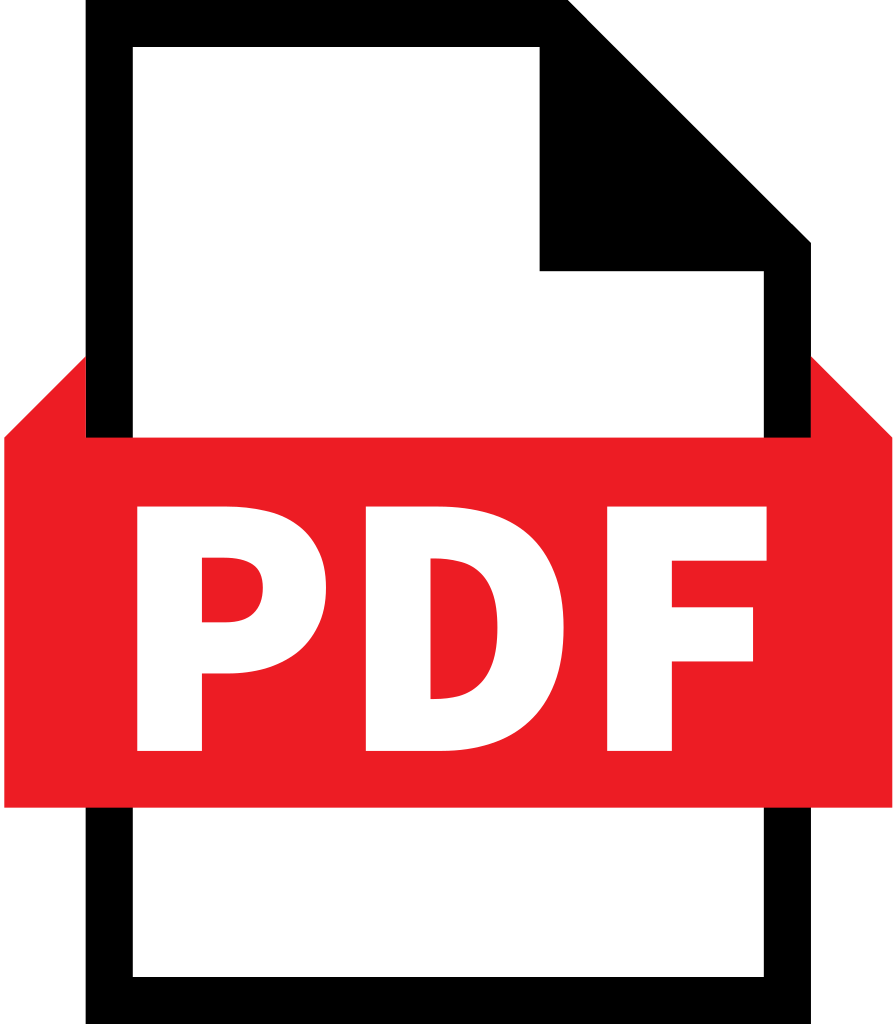
Download Report
This is the PDF version for your viewing. We can then also start a live copy that can be customized for your organization.
Solution Guide
The Solution Guide details adoption best practices, and implementation services from partners.
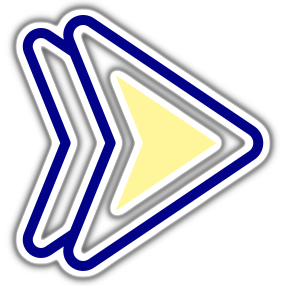
Transformation Best Practices
Analysis of real-world adoption projects, distilling the case study into a repeatable reference model blueprint, documenting the business case, deliverables and change management strategy.

Architecture and Technology
Detailing the Target Architecture and technology platform design required to implement the transformation, with a framework, standards and project plan for integrating with the current estate.

Vendor Showcase
Presentations from consulting and technology solution providers, and the services they offer to implement these best practices.
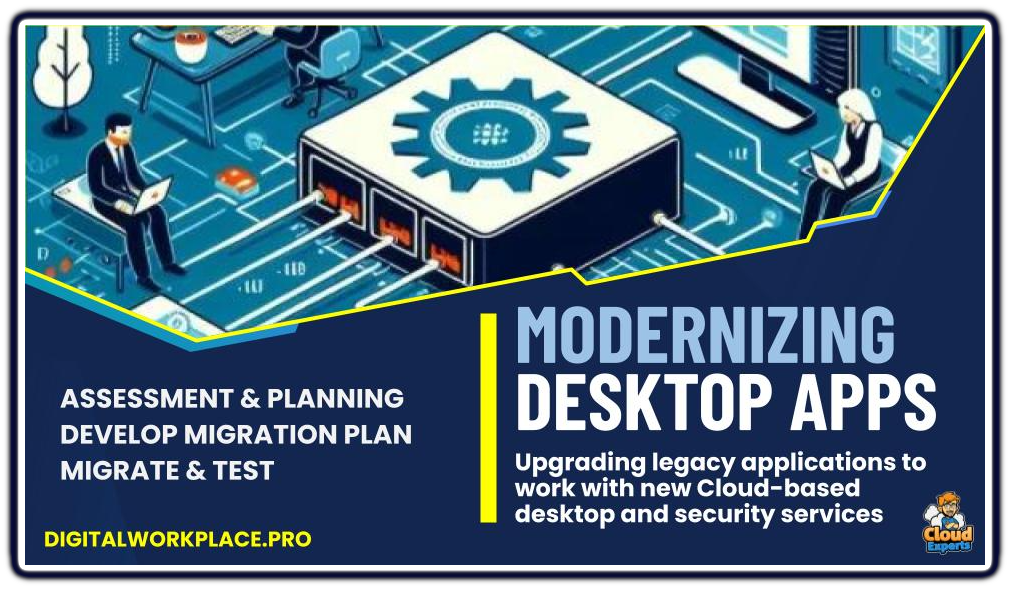
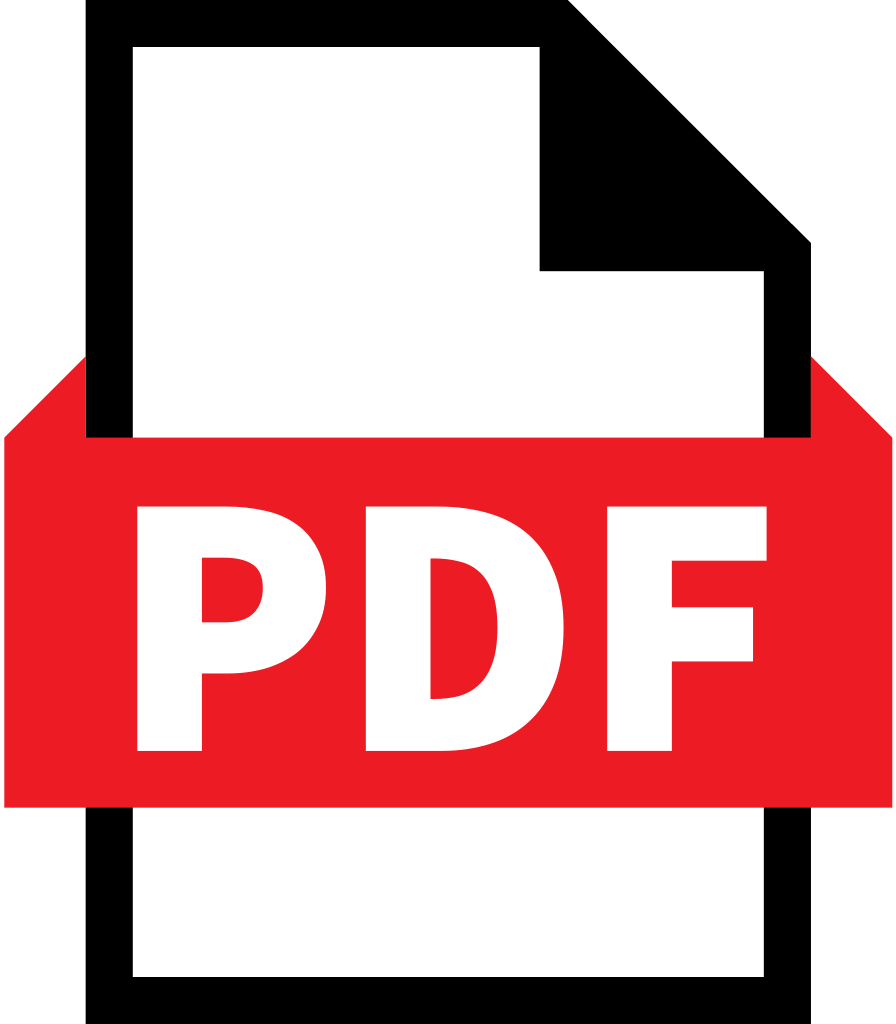
Download Solution Guide and browse Partner Services.
